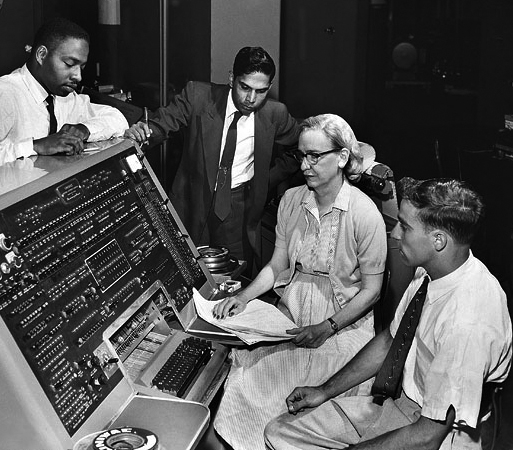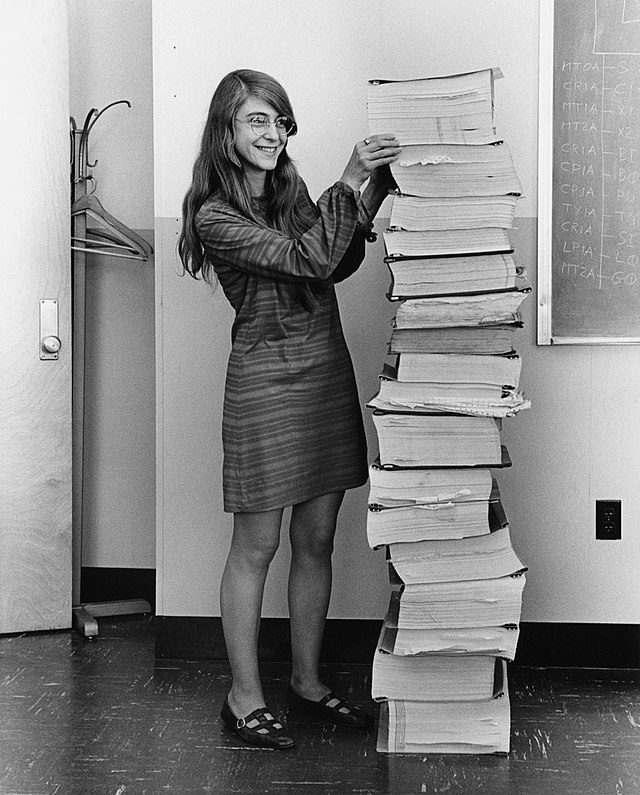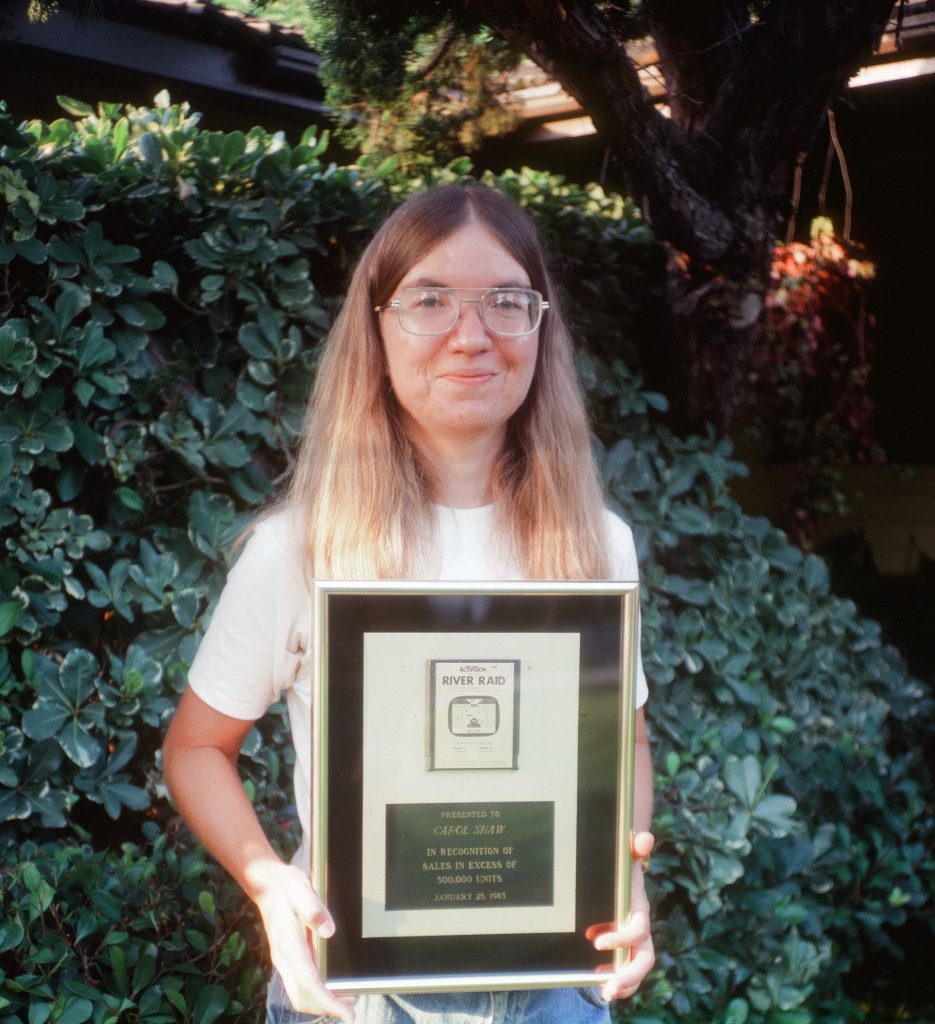Berliners have been enjoying the benefits of an additional public holiday today for five years now. But why do we celebrate International Women’s Day on March 8 and why is it one of Berlin’s chosen public holidays?
International Women’s Day was first introduced in the USA. It has its roots in the socialist labor movement and was officially proposed by Clara Zetkin at the second international socialist women’s conference in 1910 to promote working conditions and rights for women worldwide.
March 8, 1908 marks the Cotton textile factory fire in New York, where textile workers were trapped in the factory after a strike and died during a fire.
The Berlin government has designated International Women’s Day as a new public holiday in 2018. The aim is to set an example in order to honor the work of women, draw attention to existing inequalities and stand up for gender equality.
A wonderful opportunity to recognize the contributions of women in various areas of life. As a software company, we are of course particularly interested in the field of information technology (IT), where women have contributed remarkable developments despite some challenges. Today we take a look at four inspiring female pioneers who have changed the IT landscape forever:
Mary Jackson (1921-2005)

Mary Jackson was an African-American mathematician and engineer who worked at NASA (then known as NACA or National Advisory Committee for Aeronautics) in the 1950s. As NASA’s first African-American female engineer, she played a key role in promoting integration in the American space agency. Mary Jackson not only broke barriers as a woman and as an African-American, but also encouraged other women and minorities to pursue their dreams in science.
She was one of the “Hidden Figures” – a group of African-American women who played a crucial role during the Space Race between the United States and the Soviet Union, but were often overshadowed by the public. She was instrumental in calculating trajectories and other important data that was crucial to the astronauts’ safety.
Jackson began her career at NASA as a mathematician and quickly worked her way up. She was one of the first African-American women to hold a senior position. Jackson’s most significant contribution to space history was her work on determining airplane wing profiles. Her main research focus was on aerodynamics, specifically how irregularities such as rivets and furrows on the surface of a moving object affected the surrounding air layer.
She completed a training program for engineers and took evening classes at the University of Virginia. Due to the racial segregation at the time, she also had to apply for a permit from the city of Hampton to become an engineer.
She also actively promoted the rights of women and minorities in science and acted as a role model and mentor for many young talents. In her final years at NASA, she moved to the Human Resources Department where she was responsible for the advancement of women and minorities. Using her programming skills, she analyzed the data sets and was able to prove that women with similar qualifications to men were less likely to be hired as engineers and instead often ended up in subordinate positions.
She also found that black employees were less likely to be promoted than white employees and were often only given supporting roles. Sometimes it was only due to minor obstacles, such as lack of courses, location or assigned tasks, that prevented promotions. Jackson supported her colleagues in overcoming these obstacles.
For her extraordinary achievements, Mary Jackson was honored with several awards, including the Congressional Gold Medal. Her legacy lives on in the memory of her important work and in the inspiration she represents for future generations of women scientists and engineers.
Dr. Grace Hopper (1909-1992)

Credit: Unknown (Smithsonian Institution)
Dr. Grace Hopper was a pioneer of computer science and one of the first programmers of an early electronic digital computer, the Mark I. Her work laid the foundation for modern programming.
She developed the first compiler, software that made it possible to convert program code into machine-readable instructions. This made it easier to write software for different computers, as programmers no longer had to enter every command as machine code. Dr. Grace Hopper was also instrumental in the development of COBOL (Common Business Oriented Language), a programming language that is still used in business software development today.
In addition to her technical achievements, Hopper was also one of the leading proponents of computer science education and the advancement of women in technology. She was involved in the creation of networks that supported women in the IT industry. The communities and platforms for sharing knowledge and experiences have increased the visibility of women and provided them with a supportive environment. She also acted as a mentor for young computer scientists.
In 2016, Hopper was posthumously awarded the Presidential Medal of Freedom for her achievements in the field of computer science. She was passionate about making the world of computing accessible to a wider audience and inspired many young people to choose a career in computer science.
Margaret Hamilton (*1936)

Margaret Hamilton is a software engineer known for her work on the on-board computers of the Apollo spacecraft. With the help of her programming for the Apollo 11 mission, the first moon landing could take place. Margaret Hamilton was instrumental in establishing standards and best practices for software development.
She studied mathematics at Earlham College and later earned a master’s degree in mathematics at Brandeis University (Massachusetts). She began her career at the Massachusetts Institute of Technology (MIT), where she was involved in the development of computer software as a systems designer.
Hamilton led the software engineering team at the MIT Instrumentation Laboratory, which was responsible for developing the onboard software for the Apollo spacecraft. Her contribution to software reliability and fault tolerance was particularly significant. She developed concepts such as the “Asynchronous Executive”, which allowed the computer to perform multiple tasks simultaneously, and “Priority Scheduling” to ensure that important tasks took precedence over less important ones. These concepts were crucial to the success of the Apollo 11 mission and the first manned moon landing in 1969.
After working at NASA, she started her own software company. Hamilton Technologies, Inc. continued Margaret Hamilton’s expertise in error detection and troubleshooting in software development. The company worked on various projects dealing with the security, reliability and quality of software, building on her experience.
Margaret Hamilton has received numerous awards for her outstanding work, including the NASA Exceptional Space Act Award, the Presidential Medal of Freedom and the Computer History Museum Fellow Award.
Carol Shaw (*1955)

The American game programmer Carol Shaw is considered a pioneer in the video game industry. Her work paved the way for many female game developers and designers. According to the Center of Computing History, she is the first ever female video game designer and programmer.
She began her career as a software developer for microprocessors at Atari. There she contributed to Atari 2600 classics such as 3D Tic-Tac-Toe and Video Checkers, wrote the BASIC reference manual for home computers and developed a programmable calculator application for these computers.
Her great success is based on the development and design of one of the most successful home computer games of the 80s called River Raid, which she programmed as a game developer for Activision. The jet fighter sold more than a million copies and is characterized by its elaborate graphics and advanced gameplay. She developed further versions for other game publishers and River Raid received the Arkie Award for best action video game from Electronic Games Magazine in 1984.
As a young girl with a passion for technology, Shaw was also confronted with sentences like “Gee, you’re good at math for a girl.”. For her, however, this was never contradictory. It started with awards for math competitions at school and continued through to the Academy of Interactive Arts and Science Hall of Fame, where she was the first female game developer to be honored. Most recently, she was given the Industry Icon Award at The Game Awards in 2017.
Women in IT Make a Lasting Impression
These remarkable women have left a lasting impression on the world of information technology with their developments and calculations, as well as their determination. They serve as a reminder that women play an indispensable role in technology and that their work should be recognized, not just on International Women’s Day, but every day. We want to raise awareness today to shape a future where equality and diversity in IT are a given.
microTOOL Supports Future Female Developers
We are always on the lookout for aspiring female developers to join our team! We promote young talents in a dual study program in cooperation with the HWR Berlin and would like to encourage young female high school graduates to apply. Find more information on our job page.

